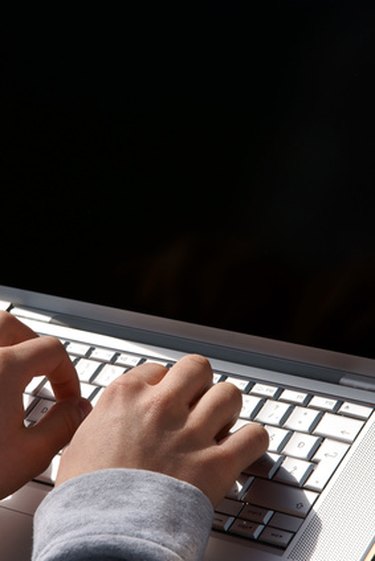
External hard drives can acquire lost clusters and bad sectors over time. These errors affect the performance of your computer. Lost clusters are orphan bits of information that have no links to any files. Bad sectors are physical flaws on a hard drive. Chkdsk is a Windows utility that runs from the command line or from within Windows. It scans disk drives for errors and attempts to correct them if found. You can check your external hard drive by running chkdsk from Windows Explorer.
Step 1
Double-click the "My Computer" icon located on your desktop to open its folder. You will see your "C" drive and an icon representing your external drive.
Video of the Day
Step 2
Right-click the external drive and select "Properties." The "Properties" window will open.
Step 3
Click "Tools" and click "Check Now."
Step 4
Click "Continue" if you are using Vista and a "User Account Control" box appears. The "Check Disk" window will open and display options.
Step 5
Check the check box next to "Automatically fix file system errors" if you want Windows to perform that task.
Step 6
Check the check box next to "Scan for and attempt recover of bad sectors" if you want Windows to perform that task.
Step 7
Click "Start." Windows will check the external hard drive for errors. When it finishes, Windows will display the status of the check in the "Check Disk" window. Click "Close" to close the window.
Video of the Day
- Northern Michigan University Academic Computing Services: ACS FAQ - How Do I Use Chkdsk?
- Ferris State University: Using Check Disk (chkdsk)
- Indiana University: What is a Lost Cluster?
- Indiana University: In Dos, What Does the Chkdsk (Check Disk) Command Do?
- Indiana University: What Should I Do About a Disk Error?